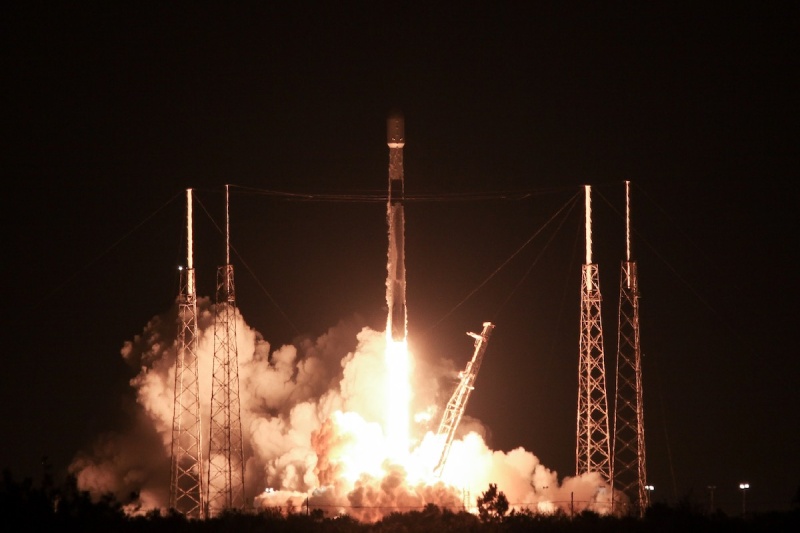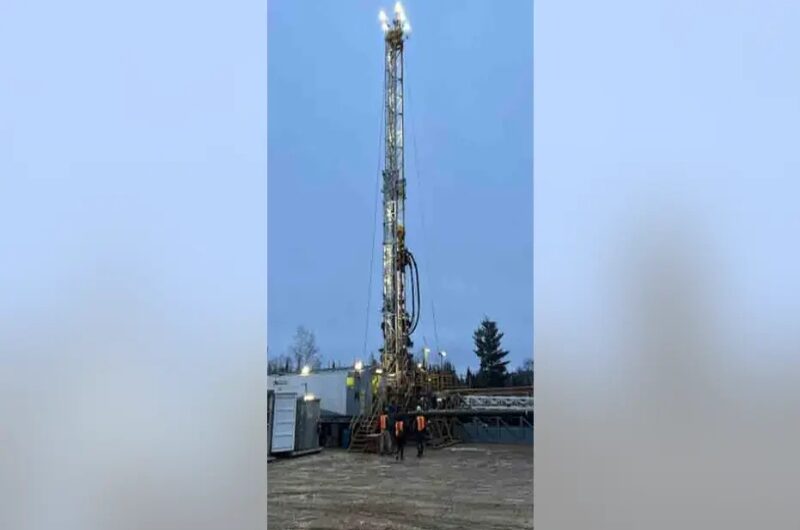Late on Saturday night, SpaceX launched a new batch of Starlink satellites from Cape Canaveral Space Force Station, capping off a hectic weekend. The Falcon 9 lifted off at 11:00 p.m. EST (0400 UTC) from Space Launch Complex 40.
The Starlink 6-31 mission was SpaceX’s second launch in less than 40 hours, overcoming weather-related obstacles. The possibility of cumulus clouds and thick cloud layers causing rocket-trigger lightning had worried meteorologists at the U.S. Space Force. A low to moderate danger of upper level wind shear posing a concern was also mentioned. Ultimately, however, the Falcon 9 was only going to encounter a thin layer of cloud cover over Cape Canaveral.
The launch was rescheduled from Friday night by SpaceX. The Falcon 9 was not on the pad in time for the scheduled launch date, but it did not offer an explanation.
Tail number B1078, the first-stage rocket used for this launch, was completing its sixth flight having being launched on March 2, 2023, for the Crew-6 mission to the International Space Station. It also carried out three Starlink flights including the launch of the O3b mPOWER 3 and 4 satellites.
After taking off, it touched down on the droneship “A Shortfall of Gravitas” in the Atlantic Ocean around eight and a half minutes later. After the Korea 425 mission’s landing at Vandenberg Space Force Base’s Landing Zone 4 on Friday claimed the honor of landing number 250, SpaceX reports that this was the 251st orbital class rocket landing.
In order to recover the payload fairing pieces when they splash down, the recovery vessel known as “Doug” was positioned in the Atlantic.
After nearly an hour and five minutes of flight, the second stage of the Falcon 9 carried the 23 satellites for SpaceX’s Starlink network.
There was more SpaceX action on the Space Coast than just the launch from pad 40. A Falcon Heavy rocket was brought out from Launch Complex 39A hangar to the pad on Saturday morning by personnel.
In preparation for the USSF-52 mission launch, which is set for one week later on December 10, the operation sets the stage for a static fire test on Sunday. The X-37B spacecraft of the US military will be launched using the Falcon Heavy for the first time. Public announcements of a launch window have not been made.











